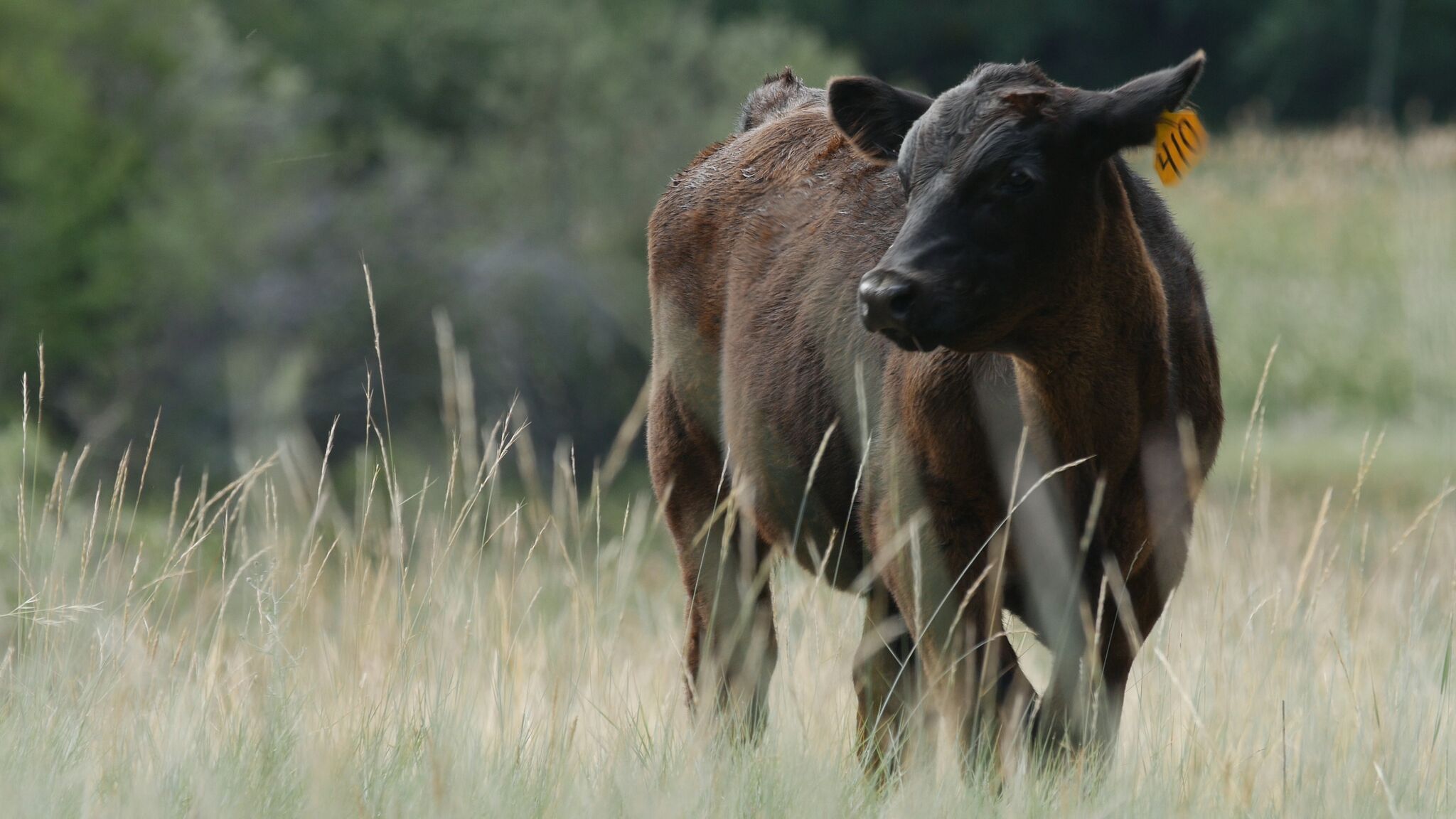The Partnerscapes Blog by Steve Jester
Are Grasslands Important to Our Climate? USDA-NRCS Environmental Quality Incentives Program (EQIP) and the Inflation Reduction Act (IRA)
In August 2022 the Inflation Reduction Act (IRA) was signed into law, representing the biggest ever single investment in federally funded natural resource conservation work under the rubric of climate. The vast majority of the private lands conservation work anticipated in the IRA was funneled through the USDA, specifically the Natural Resources Conservation Service (NRCS). The funding is made available through several programs, including $4.95 billion in RCPP, $3.25 billion in CSP, and perhaps most importantly $8.5 billion in EQIP. IRA funding for all programs is spread out over 5 federal fiscal years (FY22-26). Currently the country is 60% through that 5-fiscal-year period, and to date NRCS has only managed to obligate about 23% of the EQIP funding available for work on the ground. Even with a new Farm Bill in limbo, NRCS has an unprecedented level of funding earmarked specifically to work voluntarily in partnership with private landowners.
Recently, guidance was issued by the NRCS that will make it much harder to utilize this funding over huge swaths of the nation, particularly central grasslands and Great basin rangelands. Use of practice 314 Brush Management with IRA funding will be restricted to grasslands and rangelands that receive less than 13.4 inches of annual rainfall, which eliminates all private range and pasture lands east of the Mississippi River from consideration, along with 99% of the Central Grasslands in the central United States and 63% of rangelands in the sagebrush steppe in the Rockies and Great Basin. For context, in FY23 NRCS did about 2.7 million acres of brush management through EQIP (Farm Bill and IRA funds combined) in western states. Most of this work would not be eligible for 314-Brush Management with IRA funds under the new restrictions. Additionally, this new guidance ends the ability to fund prescribed fire in grasslands, brushlands, and rangelands nationally with IRA funds. IRA EQIP funds can only be used in forested ecosystems to reduce fuels to mitigate risk of catastrophic wildfires.
The fact is that the new guidance puts existing public-private partnerships at risk and limits NRCS’s ability to work cooperatively with private landowners to address some of the biggest threats to our national grasslands and rangelands. This messaging is very troubling on ecological, economic, and social levels. Ecologically, the guidance reflects a view that healthy grasslands have no role in a healthy climate, and carbon sequestration is the only valuable ecological attribute of any acre of land. Economically, it reflects the view that grassland and rangeland stewardship, which provide food and jobs for millions, are not things that those engaged in climate work should concern themselves with or perhaps even discourage through policy. Socially, it sends the message that the stewardship of healthy grasslands and rangelands in the our states is not compatible with adaptation to a changing climate. The plant and animal species that inhabit rangelands along with the people and rural communities that depend on them strongly disagree with these messages.

